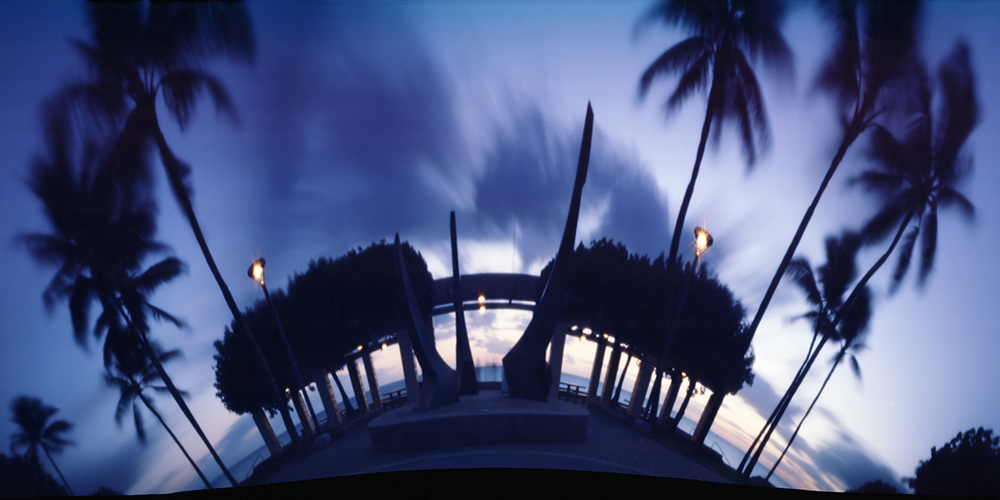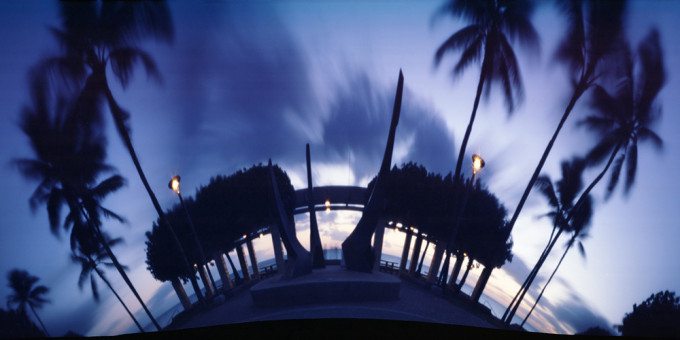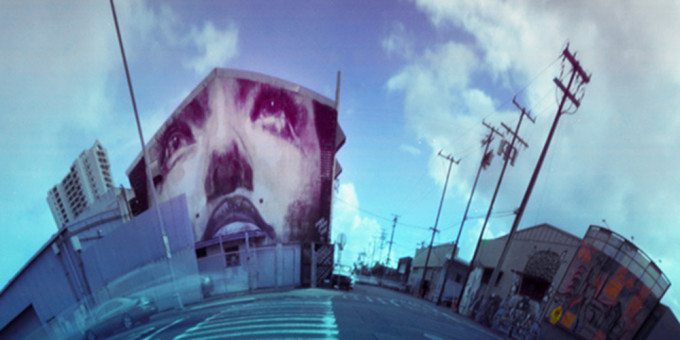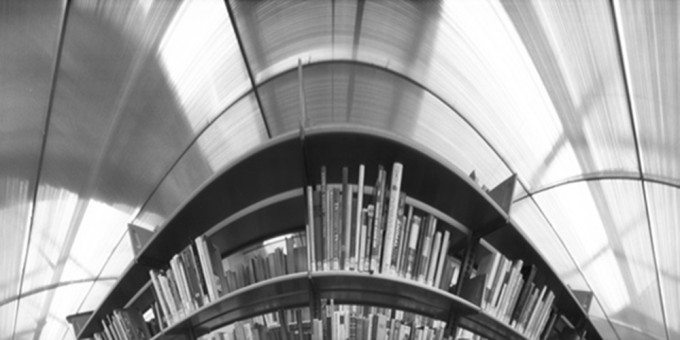Last Updated on 03/22/2014 by Julius Motal
This post by Jana Uyeda originally appeared on Jana-Obscura.com on March 17, 2014, and is being syndicated at The Phoblographer with the author’s permission.
My friends in the art world often use the expression, “Restrictions breed creativity,” a phrase which certainly applies to the imaginative and often inventive world of pinhole photography. While the basic concept of pinhole remains the same – a light-tight box with a tiny aperture – it’s how you manipulate light to capture an image that really empowers your creativity. From DIY projects to local craftsmen to 3D printed cameras, interest in pinhole cameras is on the rise. If you have never experimented with pinhole photography or left your Holga 120WPC on the bottom shelf for too long, it’s time get shooting again. Here are five reasons why this is the best time to be shooting pinhole.
It’s simple.
Pinhole photography in its basic form is incredibly simple – just a light-tight box with a tiny hole. Operation of the camera is just as easy – you open and close the shutter to expose light and create the image. That’s it. There is no lens, no aperture control and no viewfinder. Whether you’re shooting film or digital pinhole your only controls are generally ASA/ISO and exposure time. You also benefit from the pinhole camera’s infinite depth of field and wide angle of view. To understand more about the history and science behind pinhole photography Jon Grepstad has posted this great article to Photo.net.
It’s Challenging.
The flipside to the simplicity of pinhole is that it also creates challenges and this is where your creativity can play an important role. Since there is no lens, no aperture control and no viewfinder your final image will depend on exposure and framing. There is often an element of the unknown such as the distortion of lines, ghosting and extreme wide angles which give a distinct look to pinhole photography. Try it out. Experiment with motion and long exposure times. Embrace the extreme wide angle, soft focus, infinite depth of field and vignetting. Shoot for the sake of curiosity and start seeing as your pinhole camera sees.
It’s Inexpensive.
Pinhole cameras are inexpensive. In fact there are many DIY options which adds to the creativity and fun. They’re also lightweight and inconspicuous since they have no lens, no batteries and few moving parts. In my grade school class we used shoe boxes and spray painted the interior black, but options also include the matchbox pinhole, coffee can, and anything you can build yourself. Take a look at this great list from DIY Photography! Another great option is 3D printing like the P6*6 from Todd Schlemmer, Clint O’Connor’s Pinhole Printed Kickstarter, or online retailers like Lomography and my favorite ONDU.
It’s Inspiring.
By now you can see that pinhole photography, while restricting you to the simplest controls, allows for a great amount of freedom and creativity. It’s about playing with light. Here are some photographers who continue to inspire me with their ability to invent and create:
James Guerin: Check out Analogue Pixels and his multi-cell camera.
Alexey Krupin: Stunning mind-bending, anamorphic work.
Zeb Andrews: Simple, dreamlike images will transport you.
Scott Speck: Just follow this link. You’ll be glad you did.
A great community!
Pinhole photographers are everywhere; connecting, sharing, answering questions and inspiring each other. You may not see them on the first page of Reddit but they are a passionate, even slightly obsessed bunch. In fact most pinhole photographers own a collection of dedicated pinhole cameras, from retail bodies to DIY hacks, and can tell you the individual quirks of shooting each one. Reach out, ask questions, connect and engage. Check out Flickr groups like Pinhole Photography, Without a Lens and Pinhole. On Facebook connect with Pinhole Photography and the Japanese group ピンホール写真 (Pinhole Photography). The best way to connect with the community is to get involved with events like the annual Worldwide Pinhole Photography Day this April 27, 2014 and start tweeting and/or hash tagging #WPPD so others can find your work.
Now pick up that pinhole camera, head out somewhere and start taking pictures. If you have questions, comments, corrections or just want to say hi you can visit jana-obscura.com or connect with me and the Pinhole Podcast team on Facebook or Twitter. Happy shooting!
Special thanks to Jana Uyeda aka Jana Obscura for letting us syndicate this fun and informative post!





